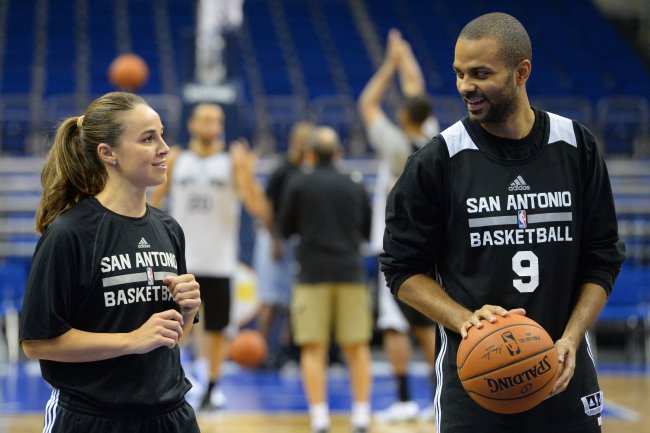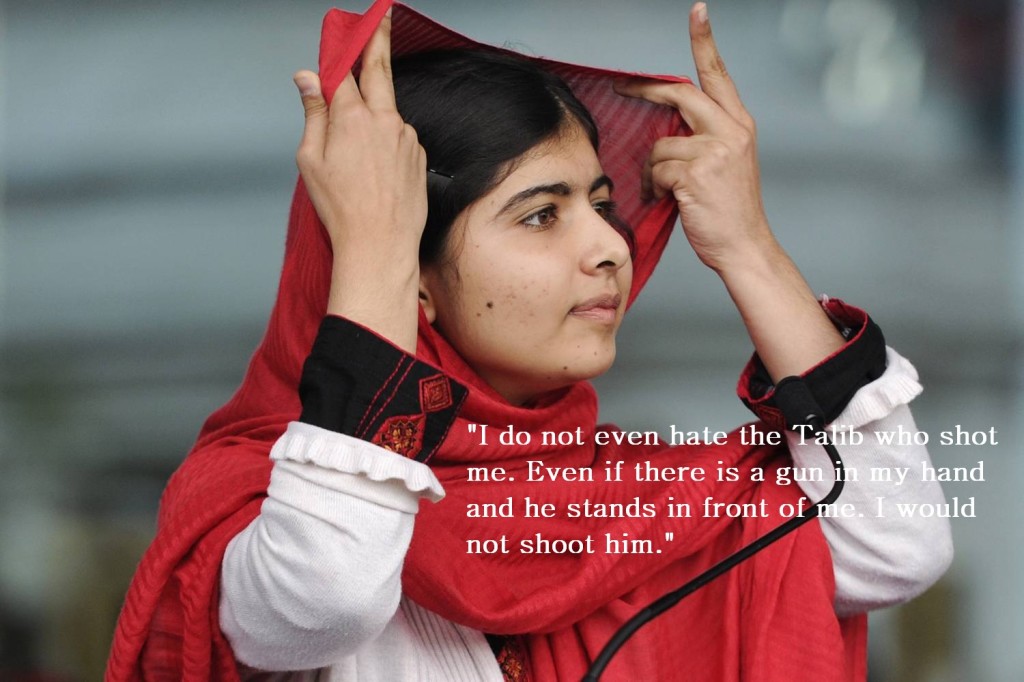Offside Law
Always a source of confusion, the 11th law of the game offers the most strife in the game. Unlike many other sports and even the other laws of soccer, offside depends heavily on the official's determination that the player in question is "interfering with play/an opponent" or "gaining an advantage" and on the official's and player's ability to get the timing just right. Simple enough in writing, but it's pretty surprising how often the judgement of the official proves the size of the gray areas!
At the bottom, a great video on forwards using different approaches to manage the law.
Here's the law verbatim from the head honchos at
FIFA:

That's it...the eleventh law in it's entirety (the penalty awarded info was left off, but this is all the laws say about the offside position).
The keys: to be onside, the attacker receiving the ball must have two "defenders" regardless of their position (GK, CB, MF, whatever) even with him or her, or closer to the goal line than him or her. Any two opposing players will do. Similarly, if the ball is even with or closer to the goal than the attacking player he or she cannot be offside. The ball trumps opponents.
The trick is in the timing. The position of the attacker in question only matters at the exact instant her teammate makes contact with the ball. At the top level, an arm in an offiside position doesn't matter; a head or leg does (obviously torso too). That's an incredibly precise distinction to have to make...and if you're not familiar with the speed of live action at the senior level, well, there's a reason FIFA makes officials retire at
45.
So here're a few common areas of difficulty, particularly at the youth level.
In the attacker's 1/2:

When a player is
in her own half of the field, no matter how many opponents are or are not between her and the opponents goal line, she cannot be offside. In the graphic, we see the black player (attacking "UP") with only one yellow player between her and the goal line.
Because she is in her half, she is in an
onside position - though it's worth remembering that on a long clearance, she may have been inside her own half when the ball was struck, but be well into the opponent's half (and behind the second-to-last defender) when she receives the ball...
Level with the final 2 defenders:

Sometimes, especially at set pieces, an attacker will be level with the last two defenders and have no opponent closer to the goal line than himself. While the most common offside calls take for granted that the GK is firmly between the attacker and the goal line, it is not law that there be a player
between the attacker and the goal line. Remember too, that the defenders are any of the opposing team; the GK is not special in this regard. As we say, "even is on," whether it's even with the second-to-last defender, or the last
two:
GK above the ball:

This one is probably the toughest from a standpoint of the sheer rarity with which it is seen. Haverford College got caught on one of these at Washington College in 2013 on a corner. Essentially, the GK took a very aggressive position high off the goal line, and compounded the unusual nature of this defense by having only one teammate stand on a post. When the ball was played initially (red arrow) all was fine, the receiving player was even with the GK and the player on the post was between the receiving player and the goal line. Then, he passed the ball back to his teammate (yellow arrow), who, at the time of the pass being struck was only even with the player on the post; he was below the GK! Offside was the call, and correctly so.
"Coming Back"

This one is always tough, especially when fans (and coaches and players) get caught ball-watching. Because the eye is distracted from the bigger picture, a player in an offside position who comes back (after the ball is played) to receive the ball in an onside position is often confused with being onside. Especially as players get older, and defenses become more sophisticated, and forwards learn to play with a bit more guile, and the players and ball move much faster, this call requires close attention.
ARs typically use this technique: they watch the second-to-last defender and the player in danger of being offside, but
listen for the contact on the ball by the teammate playing the pass. Just as an umpire can use the sound of a ball hitting the first baseman's glove to make a close call. This saves them from having to be able to see a player far from the offside line and the line itself simultaneously; most players and coaches and fans watch the player hit the pass, then turn their eyes toward the receiving player...and lots can change by the time their eyes reach that receiving player.
If the attacker in this image (black with red arrow) receives the ball at the end of the red arrow, the only thing that matters is where he was when the ball was struck by the gray teammate. If he is on the black dashed line, he's offside. If he gets to be level with the second-deepest yellow (outfield) defender, he's ok.
Simple, but the timing and geometry of the call bamboozle many, if not most, ARs and fans. I exclude coaches because our players would never be offside, nor are the other guy's forwards ever onside! Ditto players...
Interfering With Play

This is a common occurrence from set pieces. Any ball served into the penalty area and is cleared generates this set up:
The four defenders are stepping up the field as the black player at midfield (dashed white perimeter) serves the ball back into the mix. Picture this image as a freeze-frame just as the server strikes the ball; the player inside the 18 is clearly offside, but the teammate (white with black perimeter) is on-side...

The ball's flight (red arrow) crosses over the player who is off-side, but working to recover to an on-side position (green arrow). The white player is fine, and has taken advantage of being on-side to receive the ball in the space left by the advancing defenders.
Here's the caveat: if the off-side teammate interferes (completely in the referee's opinion...the official has a great deal of discretion) with the play, for example, screening the GK's view of the ball, attempting to play the ball, or offer an option to the teammate receiving the ball, or by distracting/engaging one of the defenders, that player may be adjudged to be affecting the play, and therefore gaining an advantage by having been in an offside position. If that player gets out of the way without affecting the "natural" progression of the play (makes him/herself invisible) then all's well.
Check out Marco Di Vaio from Montreal Impact uses the law to his advantage in this video...really cool stuff:
And here's Robbie Keane of LA making a herculean effort to stay onside as Donovan picks out the pass...watch it a couple times and see how close Keane was to being offside...and, notably, it was the ball that kept him onside as both he and Donovan are behind the second-to-last defender:
























